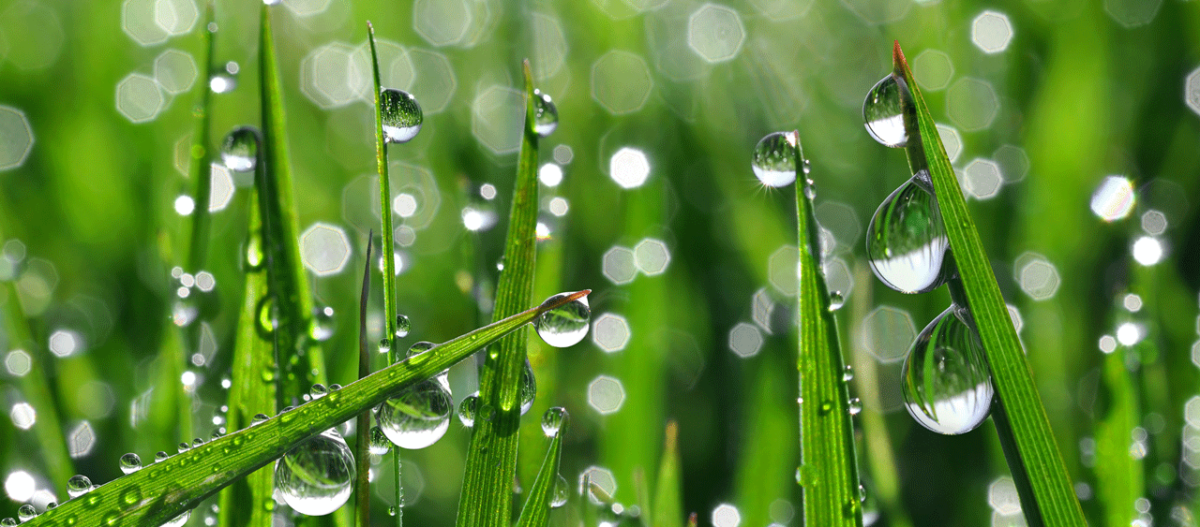I’m reposting this to help them get the message out:

Tag: wqa
PWQA 2011 – Educational Seminars
This years educational roster was particularly good (can I actually say that since I was one of the speakers?). The well-coordinated line-up began with an(more…)
PWQA 54th Annual Convention and Trade Show
Pacific Water Quality Association 2011 54th Annual Convention and Trade Show Pacific Water Quality Association 2011 54th Annual Convention and Trade Show(more…)
Bottle Drops, Utilities and Water Dealers
I read this article and it reminded me of two issues we still encounter in our industry:
Water Quality Improvement dealers and water utilities still don’t get along as well as they should..
Certain water quality improvement marketing techniques are outdated and borderline deceptive.
Water is the lifeblood of all industry, our very civilization hinges on the quality and quantity of water that we have available. Water utilities are tasked with a difficult job: Deliver lots of water at a cheap price. Since the vast majority of water delivered by a utility is never used within the home or consumed by humans, it makes no sense to deliver extremely clean water throughout a city; it would be cost-prohibitive and illogical. It makes far more sense to deliver a “utility-grade” water through the entire system; water that meets or exceeds minimum standards and is generally usable. Individual users can then (at their own expense) improve their water quality to meet their specific standards or requirements for drinking, bathing, cleaning or business/industry. Utilities live in constant fear of being sued by consumers, so they never want to even hint that their water isn’t “perfect” and “pristine”.
It is time for us all to be realistic: Utilities do the very best job that they can within the operational and financial restrictions placed upon them. Utility-grade water in the United States is better than many other nations but it is NOT perfect and there is nothing wrong with educating end-users about products/services to make their water better. Utility managers need to acknowledge that they provide a utility-grade water, and that there is indeed room for improvement in quality and even aesthetics like taste, and odor.
Water quality improvement dealers need to realize that the utility is their friend; delivering good water that can usually be significantly improved without spending too much of their customer’s money. I wish more dealers would do business the way that my ProFlow dealers do, and spend more on water quality training, research and education than they do on marketing. Be the best, don’t just tell people that you are!
Bottle-drops and other similar water-quality marketing techniques frequently concern consumers, especially when the water dealership has words like “environmental” in their name. There are better ways to do business in the 21st century, and certainly better ways to begin your relationship with a prospective new customer.
There are many ways to market yourself to prospective customers, but the best way is to so a good job at a fair price.
The WQA’s Code of Ethics is very helpful to dealers who need guidance in these matters.
Soft Water not for Drinking? – Is softened water corrosive?
Hard water contains calcium and/or magnesium ions. These ions make soap hard to lather, giving hard water its name. For water to be called “soft”, it must be devoid of these hardness ions. There is a significant difference between “naturally soft” water and “ion exchange softened” water.
Is there less lead in our water now?
The 111th Congress has passed an amendment to the Safe Drinking Water Act which creates a federal limit of 0.25% for the maximum lead content of any plumbing component used for potable water intended for human consumption that is smaller than 2″ in diameter. I think that the intent of this bill is good, but it really doesn’t do more than make people feel good and cause a massive increase in the cost of delivered components, especially brass which is very difficult and costly to machine when the lead levels drop that low. Municipal distribution piping is a greater source of lead than the fixtures themselves, and should be addressed as a much higher priority. This bill will become effective in 2013, so expect an influx of high-lead components from China over the next year or two.